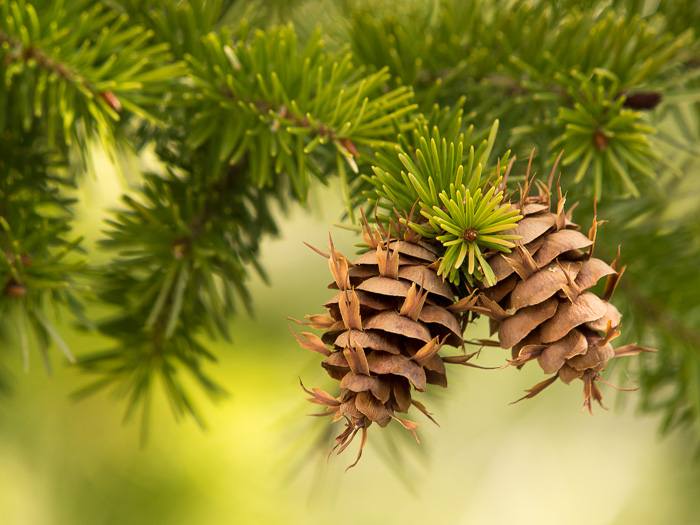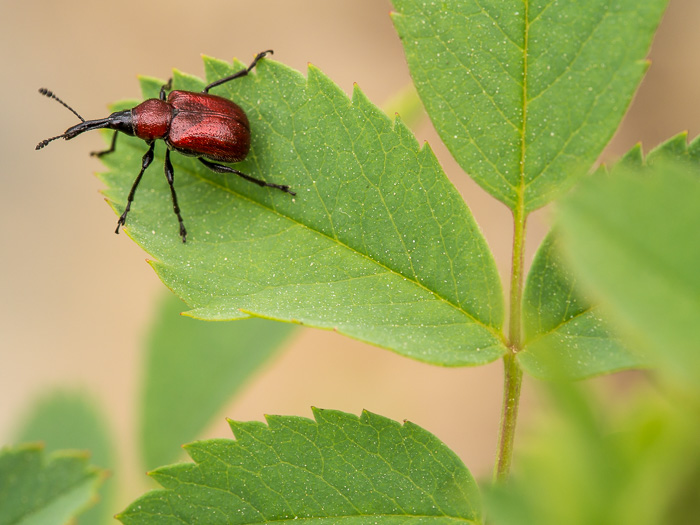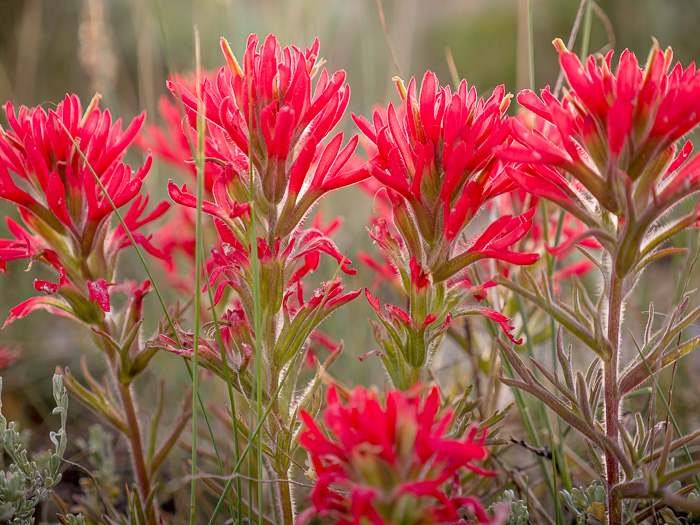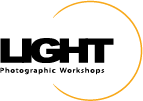Earlier this summer, I was up in the Great Basin National Park in Nevada. This is a wonderful park that is one of the quieter national parks because of its location.
While I did photograph some of the beautiful mountains of the park, I also spent time getting down and dirty with the small critters, the insects and spiders, that live there, as well as the great flowers that were in bloom, too. These small things can be as unique to a location as the obvious mountains. Including such macro and close-up photography in your a trip to a great natural location can give you a richer set of photos as well as a deeper experience with the place.
This can require a conscious effort because our tendency is often to focus in on the obvious beauty. By looking beyond the obvious, I will guarantee you will be reqered with unique and special photos that other photographers truly will miss.
A cool thing about close-up and macro work is that you can do it in all sorts of weather and light. The light might just be awful for the distant mountain because of the wrong time of day or the clouds don’t cooperate. Maybe even there is possibility of rain so that you get ugly gray skies.





Up close, none of this matters! You can always find wonderful opportunities for great shots up close. Light in the wrong direction? Move to the right or left and it changes instantly. Terrible skies? No need to show them. Gray conditions? That can give an enveloping light for close-ups that allows you to show off details and colors that might be obscured by brighter, harsher light. Because you are working with such a small area in front of your lens, you don’t have many of the problems of landscape photography or any type of photography that requires you to shoot at a distance.
One thing to always remember, though – when you are up close, camera movement is magnified so that a fast shutter speed becomes a necessity if you want sharp photos handheld. If you are shooting with a 60mm focal length with a Micro Four Thirds system (like the Panasonic GH3 I shoot), for example, your minimum shutter speed should be 1/250 sec. If you are shooting with a 100mm focal length with an APS-C system, for another example, you should also be shooting with a minimum shutter speed of 1/300 sec. If you put that same 100mm focal length on a 35mm-full-frame camera, then you should be shooting with a minimum shutter speed of 1/250 sec.
If you go for more of a telephoto (and telephotos work great with extension tubes for close-up and macro work), your shutter speeds need to get faster. You may need a minimum of 1/1000 sec. Many photographers are not getting the optimum sharpness from their lenses because they are shooting at too slow a shutter speed. I will use a tripod whenever possible because of this, but that is not always possible when you are shooting little critters that move around. Don’t be afraid of using a higher ISO setting to give you the shutter speed you need.
Rob’s blogs are at www.natureandphotography.com and www.mirrorlessnature.com.

